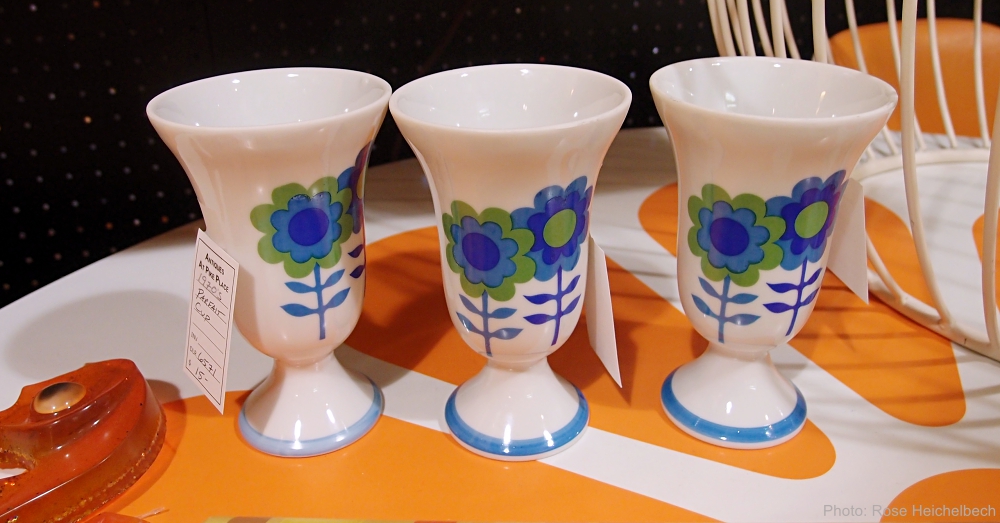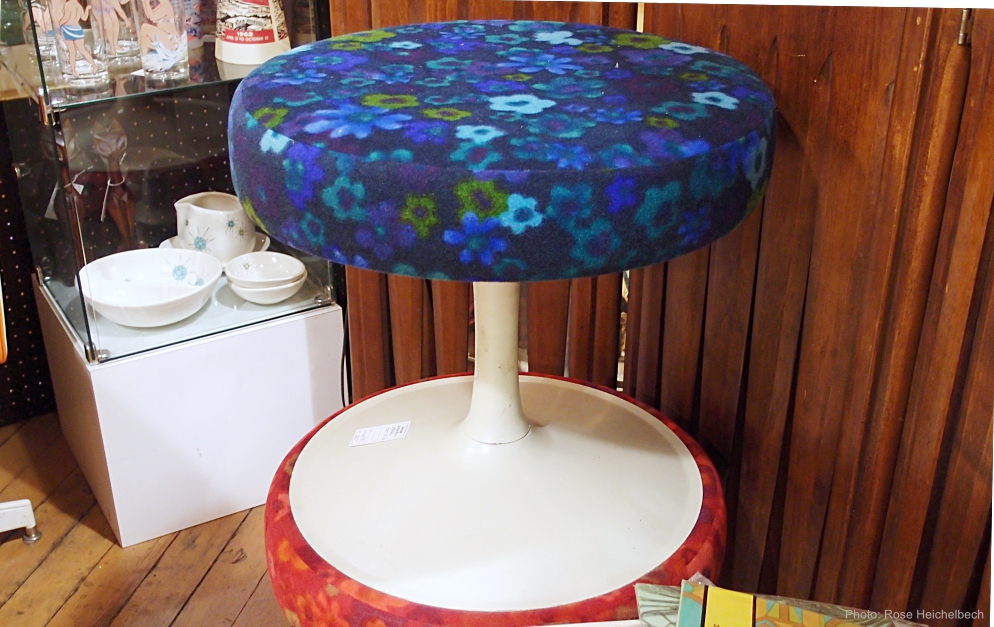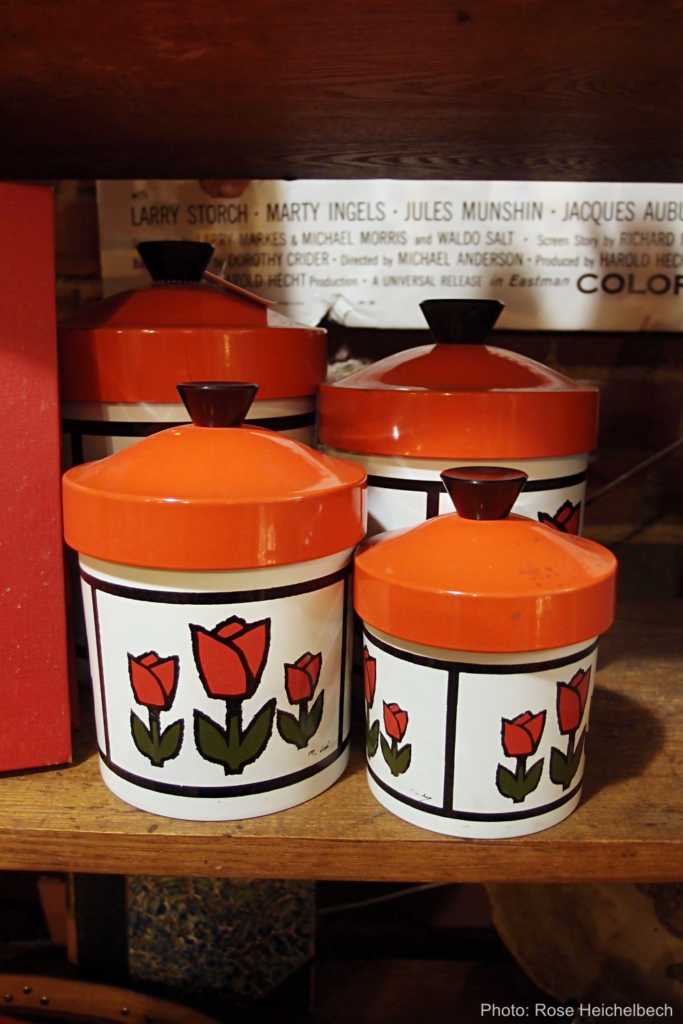Iconic Mod Floral Patterns We Remember Fondly
Who can forget the bright floral sofas and dinnerware of the 1960s that seemed to visually define the era? Influenced by psychedelic and mod designs, the bold flower designs (on anything and everything) were cheery and quickly became iconic.
Who can forget the bright floral sofas and dinnerware of the 1960s? A far cry from the straight lines and geometric shapes of the 1950s, the flower power designs represented changing designs in our homes. With new ideas and technologies, brighter colors and new products were introduced into the home. The bold flower designs (on anything and everything) were cheery and seemed to visually define the era.

Despite the increased number of man-made materials available, the ideas of nature and natural beauty influenced designers in the 1960s. The psychedelic paisleys and simplified mod designs of the time were elements that bled into the flower power styles. The concept of “flower power” started as counter culture, an anti-war sentiment that crossed over into the art and fashion world. Designers like Barbara Hulinicki and Mary Quant created youthful clothing fashions that showcased mod patterns and floral motifs.

The fashion trends then spilled over into the world of home furnishings. Everything from fabric to tumblers and tables, and wallpaper could now be purchased with a mod floral design on it. Even those who previously didn’t associate themselves with the hippie or mod movements came to own tins with tulips on them or daisy-patterned sofas.

While bright colors as a trend have come and gone many times since then, flower power designs captured the look of the 1960s and 70s with a style that was quite unique. We can’t forget these designs and young people still gravitate towards these fun pieces.
Read about more about 1960s fashion.
SKM: below-content placeholderWhizzco for DOT

